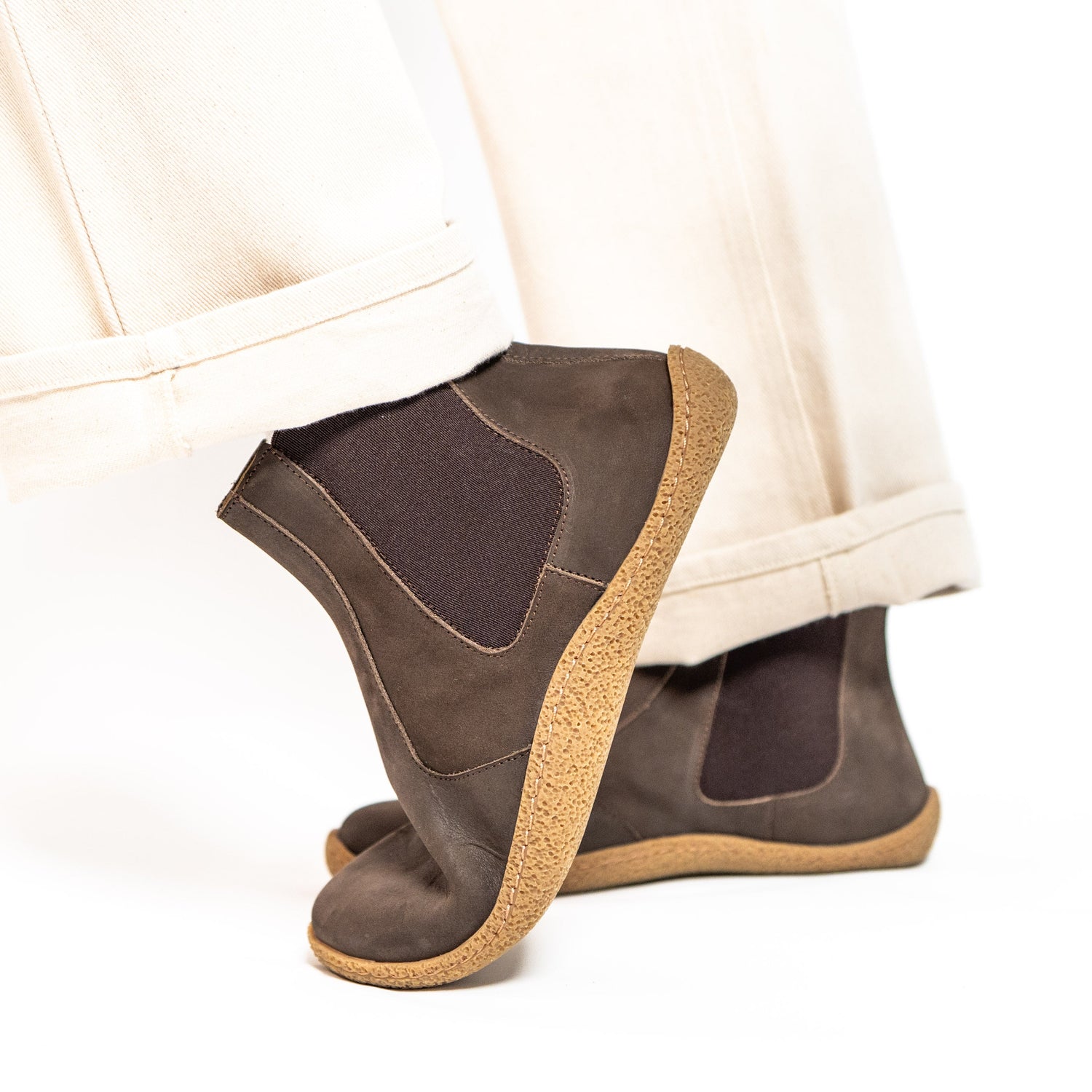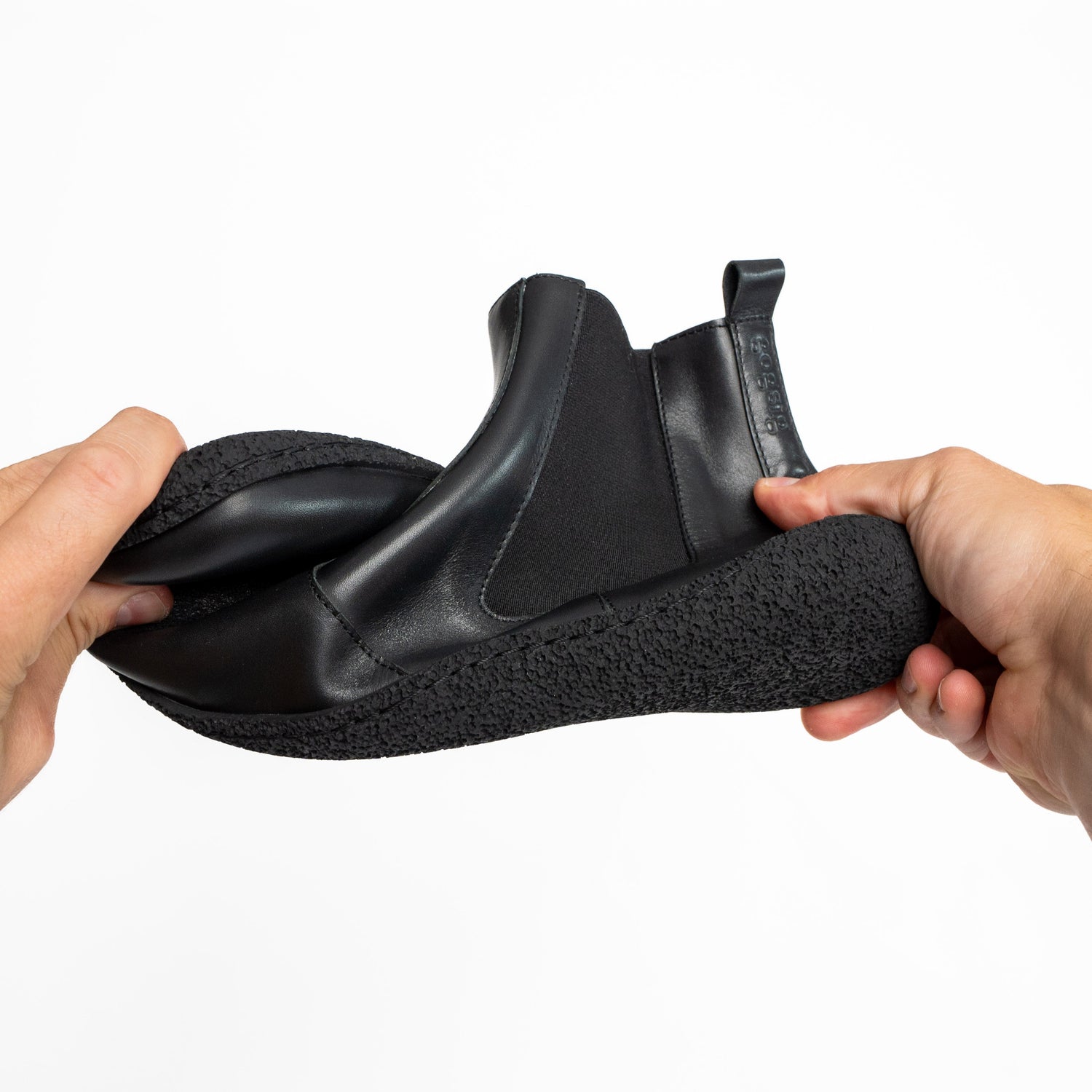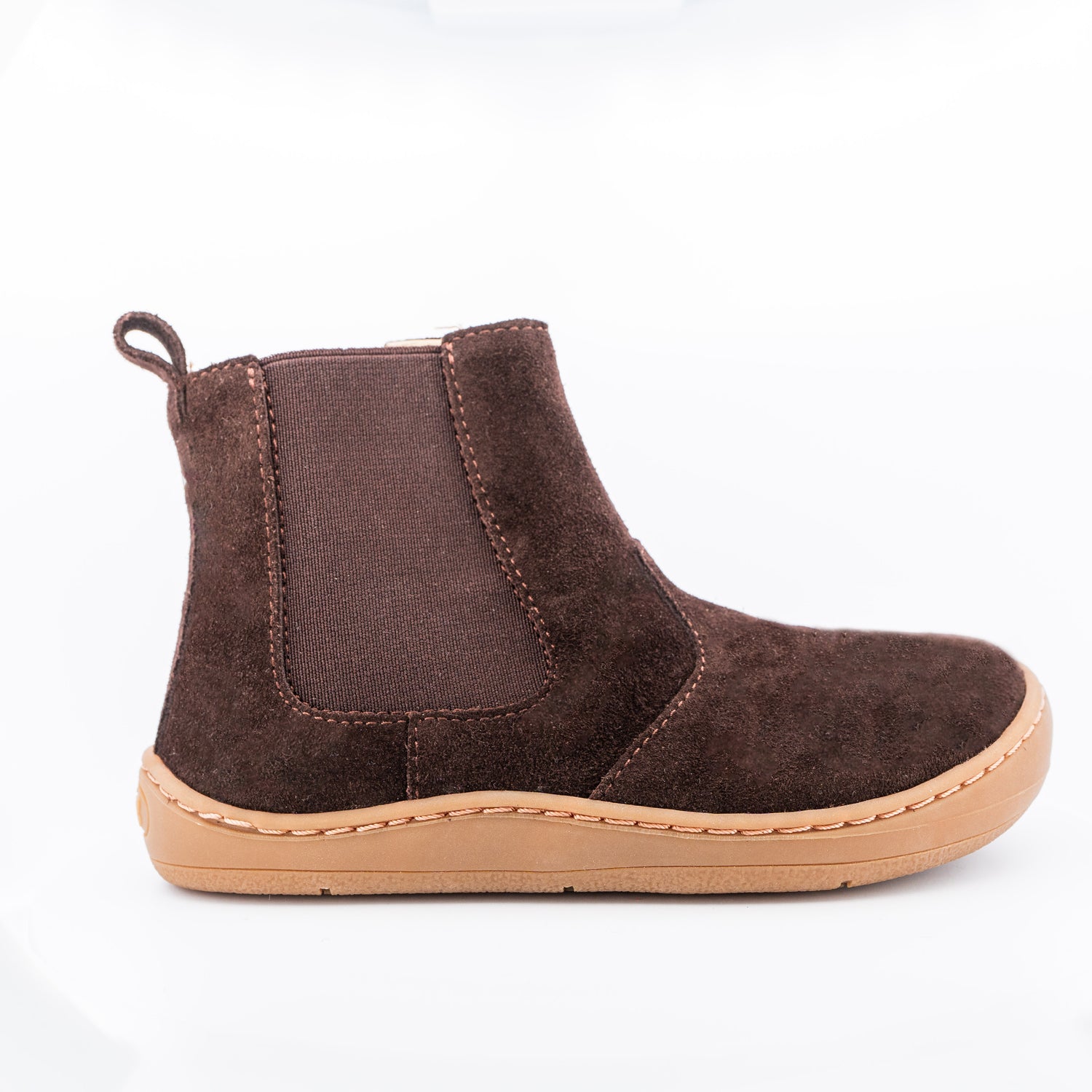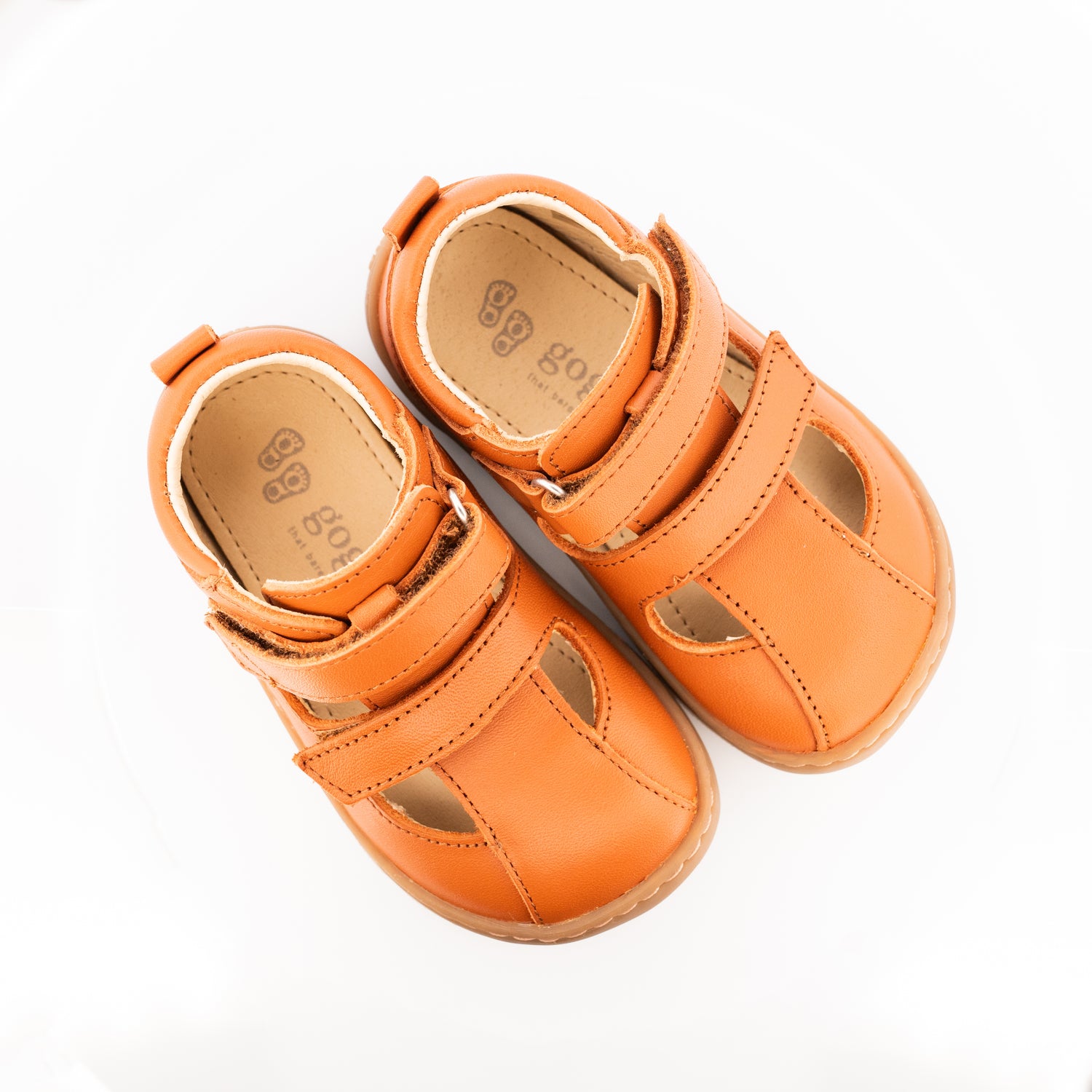Why does everyone recommend a fixed heel cap? Is it really necessary?
We have asked our skilled physiotherapist Thomas Pretsch about this.
What is a fixed heel cap?
What is a fixed heel cap and why do we talk so much about it? A heel cap is a part of the shoe that surrounds and supports the heel. Many traditional shoes have a fixed heel cap, which is said to provide extra stability and support to the foot. Which is said to improve their gait especially when they have just learned to walk.
Fixed heel cap
A firm heel cap can provide a sense of stability, but is it really necessary? Here are some considerations:
- Stiffness and Limitation: A fixed heel counter can limit the natural movement of the foot, which can lead to weaker muscles and less flexibility.
- Natural Support: The foot has many joints, bones and muscles that are designed to adapt and support the body naturally. Unnecessary support can interfere with this natural function
When is Support Necessary?
There are situations where extra support may be needed. E.g:
- Diagnoses or Disabilities: Children and adults with certain diagnoses or disabilities may need orthopedic footwear to properly support the foot.
- Abnormal Positions or Functions: If there are abnormal positions or functions in the foot or ankle, support may be necessary to correct or support the movement.
Barefoot shoes and fixed heel cap
Conclusion
For most people, especially those without foot problems, a fixed heel cap is not necessary. Barefoot shoes can be an excellent way to support the body's natural movement and develop a stronger and more functional foot. However, it is always important to consider individual needs and consult a podiatrist if there are concerns about foot health.
Concluding Remark
Barefoot shoes offer an opportunity to return to a more natural way of moving. Without unnecessary support, the feet can become stronger and more adapted to different terrains. However, people with special needs or foot problems should always seek professional advice to find the best solution for their feet.








